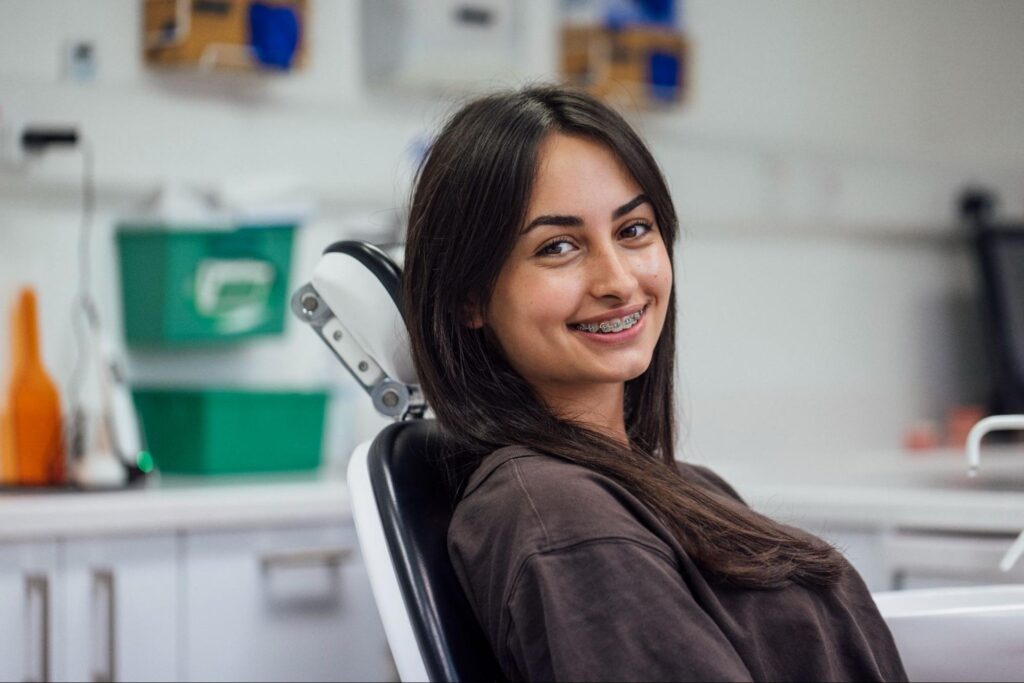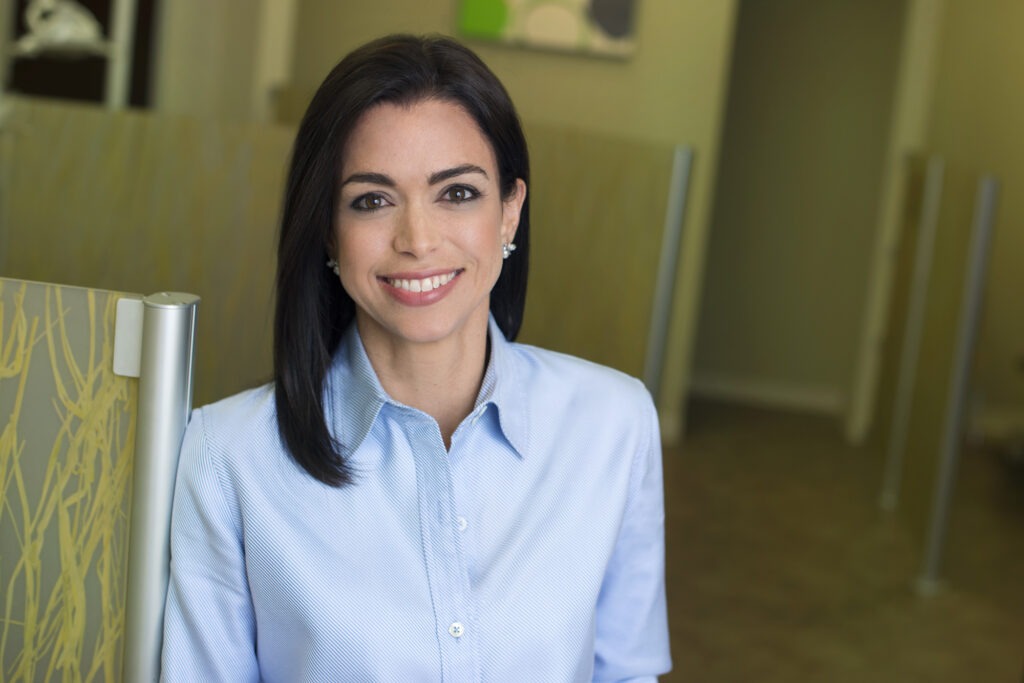You might be wondering when our Bliss Orthodontics team might start orthodontic treatment for your child. Is there a magic age? Is it ever too early or too late? These questions are common, and you deserve clear answers. When you understand the basics, you’ll feel more confident about making decisions for your family’s dental health. At Bliss Orthodontics in Coppell, Dr. Henao works with patients of all ages—children, teens, and adults—to create healthy smiles that last.
Below, you’ll find a straightforward look at the ideal age range, what to expect, and how early treatment can help. By the end, you’ll have a strong grasp of why timing matters and how starting at the right age could help you dodge bigger problems later.
Why Early Orthodontic Care Matters
When you think about orthodontics, you might picture busy teenagers in braces. But orthodontic checks can start much earlier than the teenage years. In fact, the American Association of Orthodontists and Dr. Henao recommend an initial orthodontic evaluation around age seven. This doesn’t always mean that treatment starts right away. Instead, it allows our Coppell team to look at your child’s teeth, bite, and jaw growth in their early stages.
An early check helps you stay ahead of possible issues. Crooked teeth, crowding, or jaw problems often become simpler when caught while your child is still growing. Early treatment from Bliss Orthodontics can also help with breathing problems, such as sleep apnea or other airway concerns. You can avoid more complex fixes by spotting trouble areas sooner rather than later.
The Ideal Age To Start
For many children, ages seven or younger, is a good time to start orthodontic check-ups. That doesn’t mean your child will leave the office wearing braces or an appliance right away. Sometimes, Dr. Henao will just observe your child’s growth until it’s clear they’re ready for treatment. In other cases, a small intervention at this stage can guide the jaws into better
alignment, making later treatment simpler and shorter.
Here’s why ages seven to nine can be so helpful:
- Mixed dentition period: Around age seven, children have a mix of baby teeth and adult teeth. By evaluating both, Dr. Henao can track how adult teeth are coming in and see if there’s enough space for them.
- Jaw growth: The jaw is still growing, which means there’s an opportunity to influence its shape. Appliances like expanders can help widen a narrow upper jaw, improving tooth alignment and sometimes even breathing.
- Early detection: Problems like crossbites, severe crowding, or overbites are easier to spot and manage when kids are younger.
Phase I vs. Phase II Treatment
You may have heard the phrase “Phase I treatment.” This refers to orthodontic treatment that happens while a child still has some baby teeth. Phase I from Bliss Orthodontics can address spacing, crossbites, or skeletal growth issues while the child’s jaw is still forming.
- Phase I: This stage typically focuses on guiding jaw growth, fixing crossbites, or creating enough room for incoming adult teeth. Phase I might include partial braces, a maxillary expander, or other appliances.
- Resting period: After Phase I, Dr. Henao may pause treatment to let the remaining baby teeth fall out and watch how the adult teeth emerge.
- Phase II: This stage usually starts once most or all adult teeth are in. During Phase II, full braces or Invisalign might be used to align teeth and fine-tune the bite.

Addressing Common Concerns for Coppell Families
Here are some of the frequent issues our Bliss Orthodontics team hears from parents.
“I’m Worried Expanders Will Change My Child’s Face”
You might feel nervous about devices like expanders. Some parents worry that expanders will dramatically alter their child’s face. In truth, an expander is designed to gently widen the upper jaw. This process can help correct a crossbite, increase airway volume, or make room for crowded teeth.
Yes, expanders influence bone growth, but changes are usually small and in the right direction. Rather than causing drastic changes, a properly used expander can set your child up for a more natural smile and better function. Dr. Henao will always take time to explain how each appliance works and what outcomes you can expect.
“My Child Says Braces Will Hurt”
Braces may cause mild pressure when they’re first put on or adjusted, but the sensation usually fades within a few days. Kids often get used to them quickly. At Bliss Orthodontics, Dr. Henao uses modern methods that are designed to be gentle, and the team can share tips on easing any soreness at home.
“I’d Rather Wait Until the Teenage Years”
It’s tempting to postpone orthodontic care until your child is older. However, waiting too long could mean that some skeletal issues get harder to treat. You also run the risk of adult teeth coming in crooked or crowded, which can affect the look of your child’s smile and possibly their breathing. Early checks don’t always lead to immediate treatment, so there’s little downside to having Dr. Henao take a look around age seven or eight.
What Treatments Are Available at Bliss Orthodontics?
Dr. Henao provides a range of modern treatments for children, teens, and adults alike. Each plan is custom-fit for your needs.
Metal Braces: These are reliable and effective, especially for younger patients who might enjoy choosing their own rubber band colors.
Clear Braces: If you prefer a less noticeable look, clear braces blend in more with teeth while still delivering strong results.
Invisalign: A popular choice for teens and adults who want a removable, nearly invisible option. Invisalign aligners are made of clear plastic and can be taken out for meals and brushing.
Maxillary Skeletal Expander (MSE): Used when the upper jaw needs widening in adult patients when bones are already fused. This can improve your bite, create room for crowded teeth, and help with breathing issues.
Surgical Cases: In complex situations, jaw surgery might be needed alongside orthodontics. Dr. Henao works with local oral surgeons to coordinate your care.
Sleep Apnea and Airway: If you suspect a breathing issue, Dr. Henao can assess your child’s airway. Early orthodontic treatment might improve airflow, reduce snoring, or address mild forms of sleep apnea.
Common Questions You Might Have
Got questions for our Coppell team? No problem! Dr. Henao is here for them!
“What if my child is already 10 or 11?”
That’s not too old. Most kids start orthodontic treatment anywhere from ages eight to 14. Dr. Henao can still help, even if you missed an earlier evaluation.
“Can I get a second opinion?”
Absolutely. It’s completely normal to seek a second opinion if you’re unsure about treatment. At Bliss Orthodontics, you’ll get an honest assessment from Dr. Henao on whether your child needs early intervention or if waiting is fine.
“Will insurance cover it?”
Many dental insurance plans offer coverage for orthodontic treatment. However, it can vary. Our team at Bliss Orthodontics can check your coverage and work with you on payment options that fit your budget.
“My child is scared of the dentist. Will this be uncomfortable?”
Dr. Henao and our Bliss Orthodontics team understand these fears. We take a gentle approach and use kid-friendly explanations. Let us know about your child’s worries, and we’ll do our best to ease them. With fun distractions like the office gaming console, your child might even look forward to visits.

Schedule Your Child’s First Orthodontic Check
When is the best time to get started? Age seven is a good guideline, but if your child is past that, don’t worry—an orthodontic evaluation can still be helpful at older ages. If you’d like to learn more, schedule a consultation at Bliss Orthodontics in Coppell. Dr. Henao will take a close look, answer your questions, and help you decide if any early treatment makes sense.
 Free Consult(972) 315-6100
Free Consult(972) 315-6100